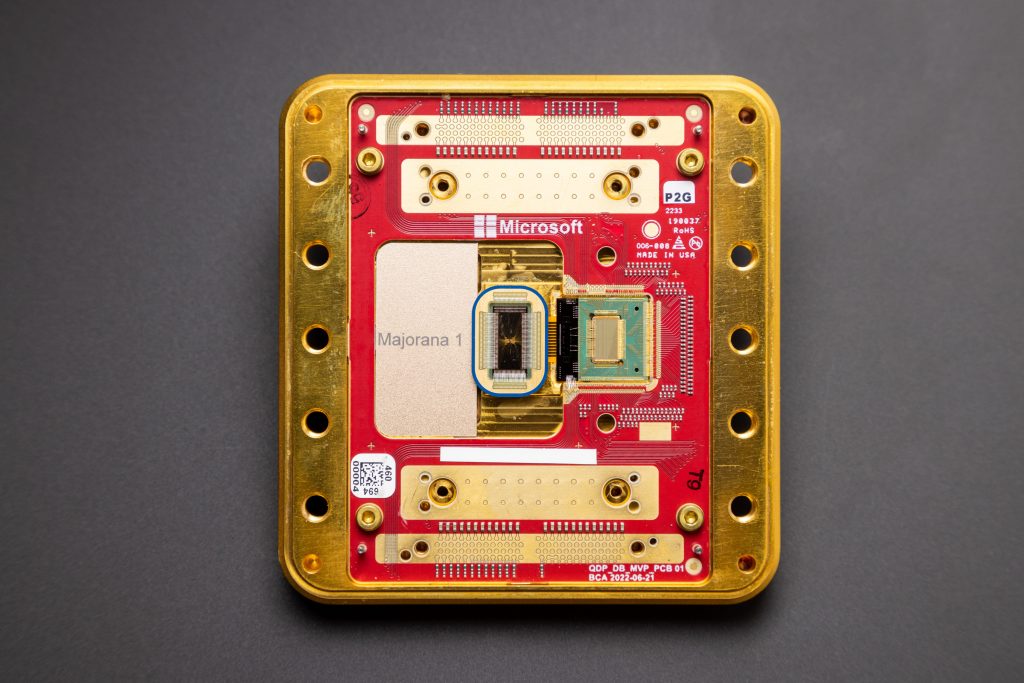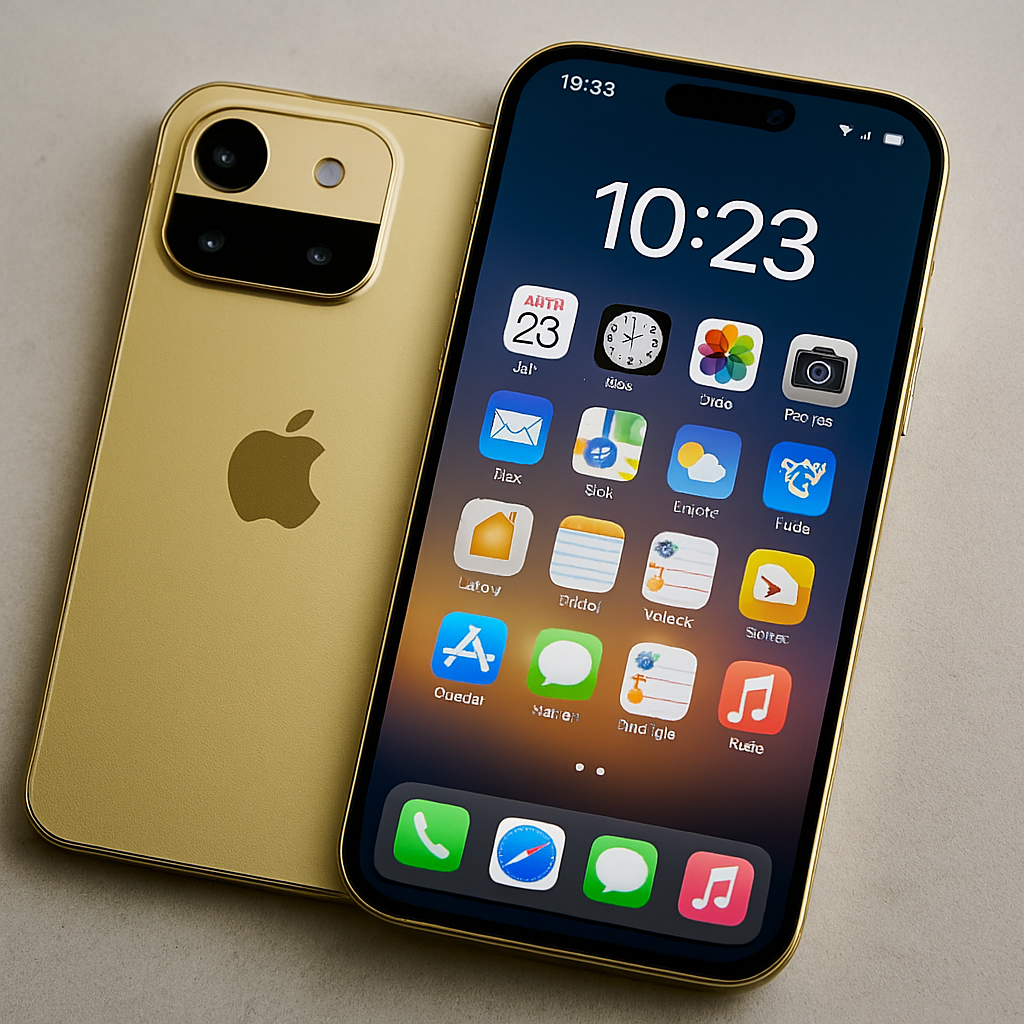Discover the latest leaks, specs, features, and rumored release date of the Google Pixel 10. Stay up-to-date on what makes the Pixel 10 the most sought-after smartphone this 2025.

Expected Features
Even though Google has not formally released all the details, insider tips and rumors indicate the following:
- Display: 6.7-inch OLED, 120Hz refresh rate
- Processor: Google Tensor G4 or similar next-generation chip
- RAM & Storage: 12GB RAM, up to 1TB storage
- Battery: 5000mAh with wireless and fast charging
- Operating System: Android 16 with special Pixel features
- These upgrades will squarely target the new iPhone 17 and Samsung Galaxy S25.
Camera Upgrades
The Pixel series is famous for its camera features, and the Pixel 10 will likely offer:
- Triple-lens rear camera with improved low-light performance
- 200MP main sensor (reported rumor)
- AI-powered photography features
- 8K video recording support
It becomes one of the most eagerly awaited phones for photography enthusiasts on-the-go.
Key Features
Some of the key features anticipated to be featured in Pixel 10 are:
- Increased AI & Machine Learning: Improved assistant features and voice recognition
- Eco-friendly Materials: Google is focusing on eco-friendly materials and packaging
- Security: Powerful Titan M3 chip for industry-leading protection
- Pixel-exclusive Software: New features for Google Photos, Maps, and Assistant
Release Date & Pricing
Industry analysts are forecasting the Pixel 10 to be released in October 2025, adhering to Google’s traditional fall release schedule. The starting price will be $899, with the higher models selling for $1,299+.
Competition and Market Position
The Pixel 10 will compete against:
- Apple iPhone 17 – Targeted at high-end performance and integration with the ecosystem
- Samsung Galaxy S25 – Best seller in screen and camera technology
- OnePlus 14 / Xiaomi Mix 7 – Huge value for money and performance
Google Pixel smartphones have been camera and AI-feature-focused right from day one, so they enjoy the software integration benefit.



